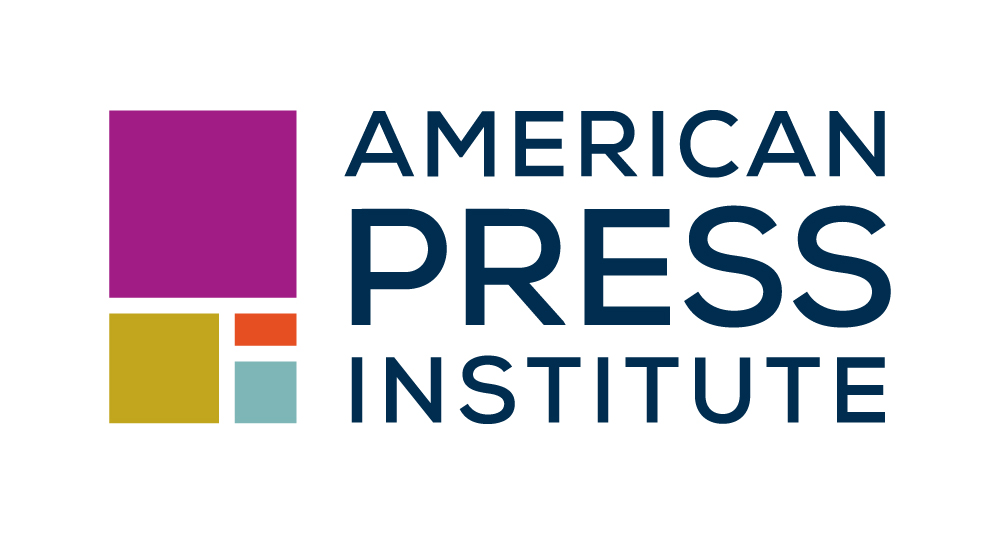We asked five leaders with community engagement experience outside of news about the opportunities they see for local media to build trust or belonging, from using physical spaces like libraries and community gardens to digital platforms that support shared experiences.
As the American Press Institute marks 80 years, we’ll honor our legacy by continuing to respond to the evolving needs of news leaders. Our upcoming API Local News Summits will explore three critical places where democracy and sustainability intersect.
Every community has a commons — a park, a library, a garden — a shared space that only thrives when people care for it together. Our local information ecosystems are no different. At our recent Local News Summit, we asked the room: What does it mean to be gardeners, guards and stewards of the local information commons?
We know psychological safety might feel like a ‘nice to have,’ but what if the failure to create that safety is silently stalling your best ideas and alienating your next generation of leaders?
The American Press Institute is hosting a local summit on October 9-10 in Washington, D.C., to empower news leaders in enhancing residents’ leadership and influence over their community’s information ecosystem.
These partnerships can help rebuild trust in local media by including more voices and perspectives, and they offer a foundation for repair, restoration and reinvention. They weave the community together, fostering multidirectional conversations, a shared sense of place and joint ownership over our civic future.
We've asked five people outside of journalism with experience in engaging and working with people of all ages how they approach their work. What practices do they use to engage young people that news organizations can adapt and apply in broadening their audiences?
Here are a few ideas for activating your archives that participants brought to the recent API Summit on Local History, Community and Identity in Nashville — plus some ideas we all brought home to try out in the weeks and months to come.
Reaching people across age groups is a complex proposition for news leaders. It involves identifying issues and topics that resonate with all ages, creating content on multiple platforms, and finding ways for people to move past assumptions about one another. But the current moment in America demands this kind of work.
We should work to become trauma-informed news leaders — no matter where we sit in the shop — and be intentional to practice this when the stakes are lowest.


